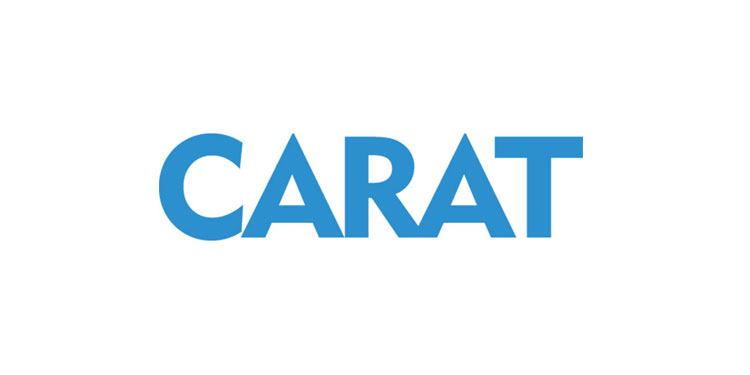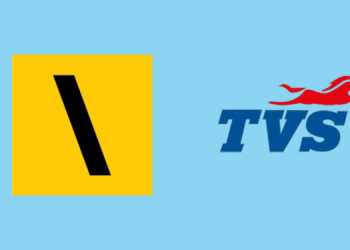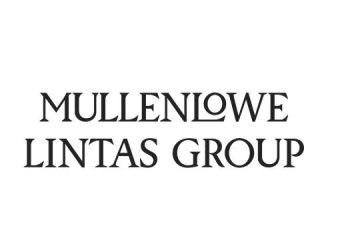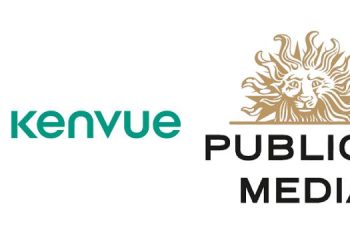With India entering stage 3 of the coronavirus curve, businesses and brands need to view this period as not an opportunity to just sell products or to lie low but the time to create long term relationships based on real and agile actions.
A sudden shift of consumer need state
With coronavirus hitting the country, and the world, the consumer’s needs states are tracing back to basics. We can see a clear downward trickle towards the base of Maslow’s hierarchy of needs.
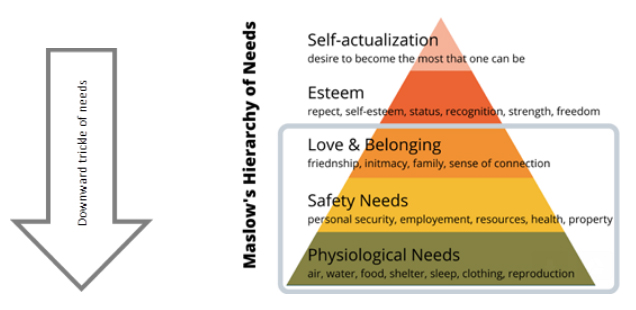
All the sections of society are seeing increased physiological & safety needs. The top socio-economic sections, who take the base of the pyramid as granted, are also trickling back and evaluating purchase from this lens.
Brands, especially the ones who serve at the top of the pyramid and hence do not have a natural product fit in the crisis (i.e. beyond food & health care), need to find ways to create value and contribute wholly towards the lower section of needs.
Diageo India has already started producing sanitizers in their factories. Ikea in Hyderabad has created a 200-bed quarantine facility already. Zara in Europe has announced making gowns and masks for front line health care professionals.
Which need state do you want to contribute towards?
A clear consumer expectation from Brands
Consumers are expecting brands to participate with government efforts and contribute.
Reliance Jio has already tied up with the government to deliver the message of handwash & social distancing before each call gets through. Mahindra group has already committed to work with the government. VIVO is working with health ministry and local government bodies to deliver 1 lac masks.

Collaborations between businesses & government are a win-win solution for real impact. The agility, innovation & tech solves, combined with outreach and support can deliver real value and impact.
Is there space or expertise you can support the government with and make a high-level impact?
‘Brand Trust’ is difficult to create but is the key measure being built in these volatile times
Creating ‘Brand trust’ had become more challenging in recent times. With the discerning and informed consumers, overall trust in brands has seen a decline.
But what is trust really?
WARC describes Brand Trust reflecting “A consumer’s expectation that a brand’s product, service, or more broadly, corporate behavior, reflects the promises the company has made.”
And Brand trust is not intangible anymore. Researchers have proven multiple times how Brand Trust leads to greater impact in the long run.
A WARC’s article on corporate social responsibility titled ‘Brands needs to pass the three gates of trust’ notes “Consumers who trust a brand said they are more than twice as likely to buy its new products – 53% compared to 25% for other brands. They’re also more than twice as likely to stay loyal to a brand they trust, and similarly twice as likely to be advocates for one.”
With the current volatile situation, brands have an opportunity to create trust with the consumers. Various papers and industry experts have pointed out that once the world overcomes the crisis, customers will remember the brands which contributed and will see respect & trust come their way.
To take it a step further, it is not just an opportunity but also a test of what brands have been saying for years. If brands have claimed to care for years, this is the litmus test for caring. Crises reveal the real character of a brand.
Coca-cola in the Philippines has re-channeled its advertising budget towards proving support in these times.
How do you plan to contribute and build trust for long term dividends?
‘Doing’ is the best way to build trust
As mentioned earlier, consumers today are aware and discerning, and they know a real action from a fake one. In current times, consumers expect robust Real actions. Anything hollow WILL backfire.
Following is an example spotted recently. A brand that was sending out cloth made masks to their first 500 customers. The effort was unappreciated on its consumerist lines and masks which are not up to the mark on health.

‘Really doing’ i.e. only the real actions will create emotions. ‘Messaging’ has taken a back seat and doing create emotional appeal and connections.
A great article that appeared in ADMAP magazine in 2013, authored by Guy Murphy, indicates the power of doing over just making feel.
“We don’t have to play out a brand as a metaphor anymore when we can do it for real.
Brands will seem more valuable not just because they feel better but because they work better, or serve you better. This is not a denial of the emotional component of brands, it is just a different way of generating it.
It is not about the power of associations, it is about the power of reality.”
Actions is the new messaging.
People will remember how you made them feel. And not what said. How are you choosing to make feel with your actions in these times?

